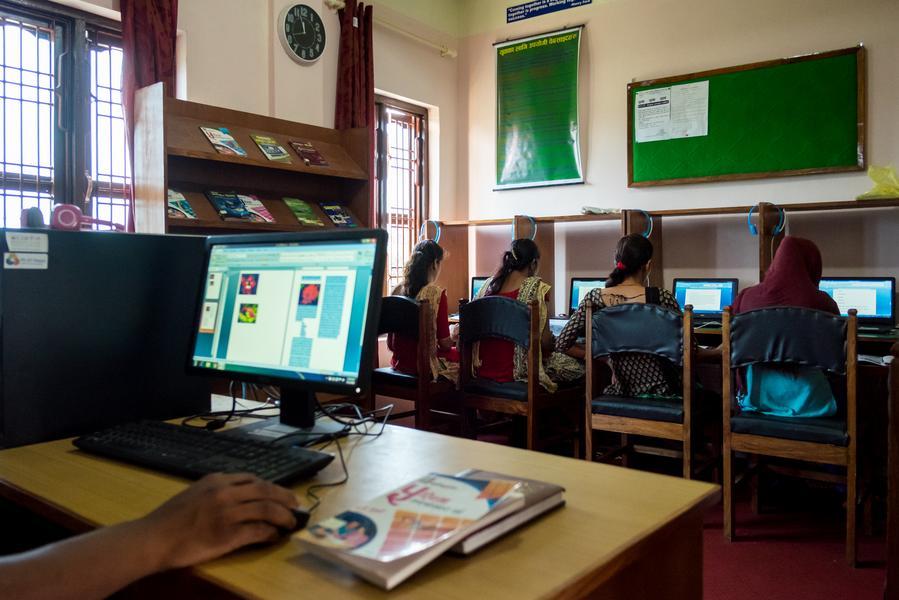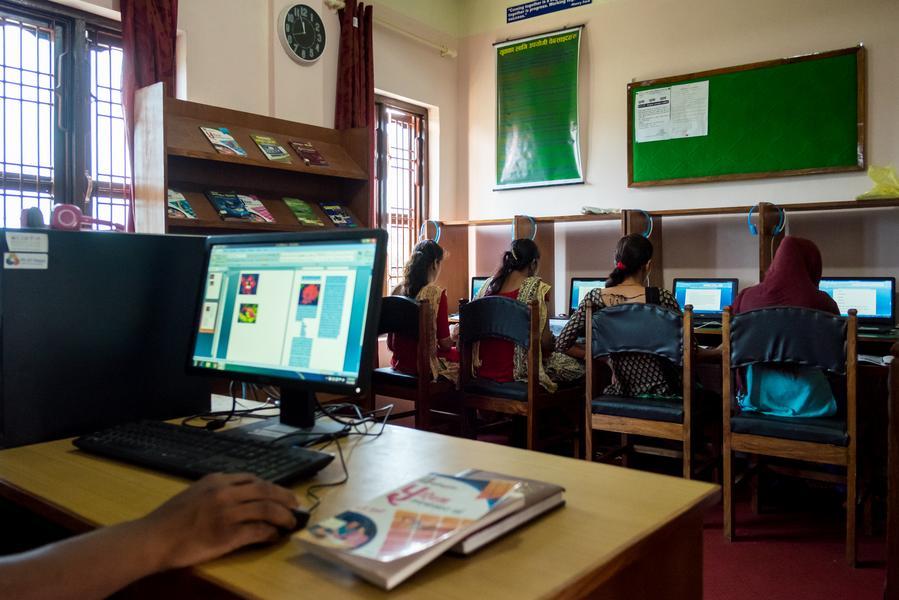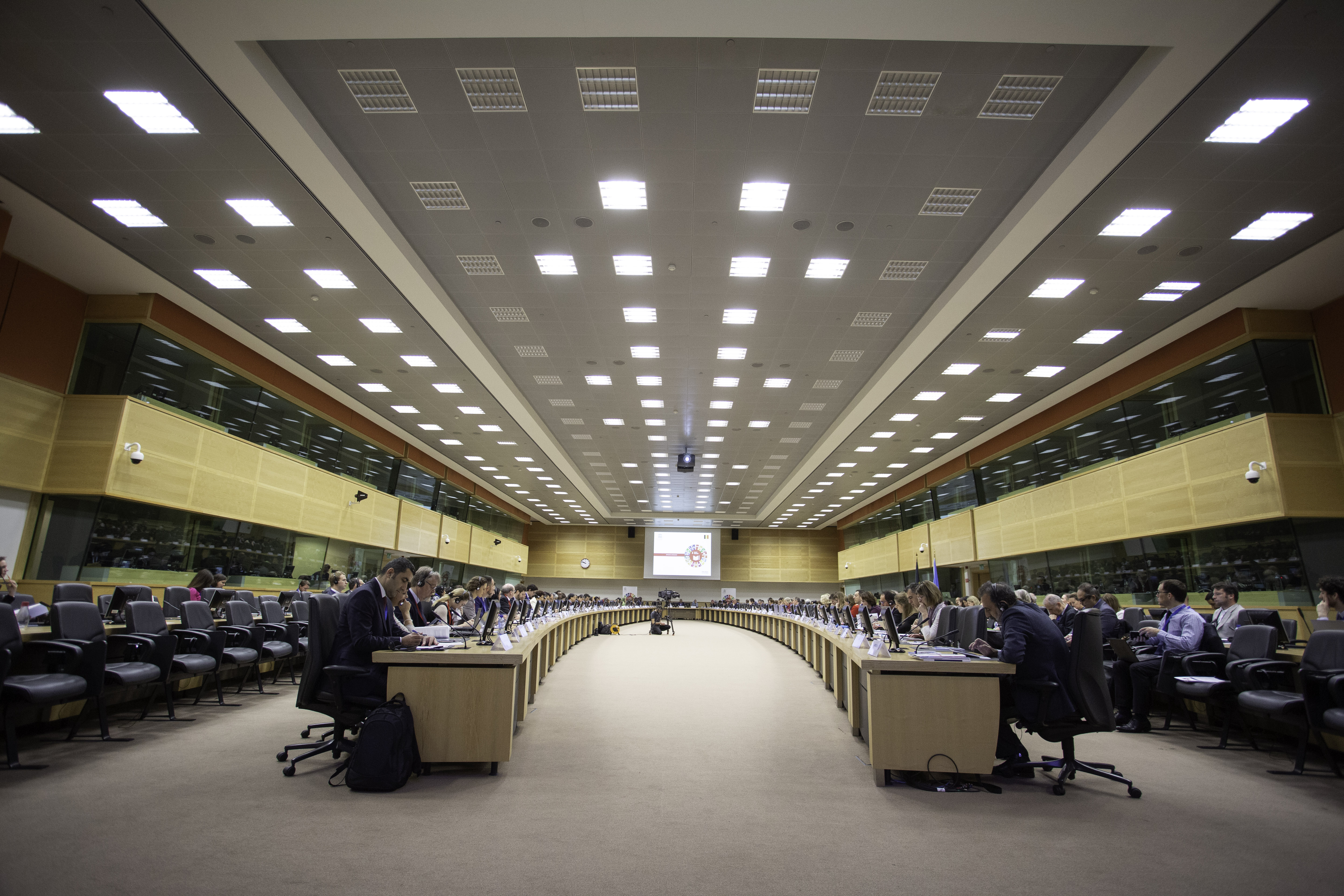
Policies
The Case of Ceará
Context and Problem
Ceará, the 5th poorest state in Brazil, has a population of 9 million. The state had a poor educational system, with students having inadequate reading and mathematical skills. The state decided to take steadfast educational reforms in 2007 to improve the educational system.
Solution
The framework utilised had four pillars: fiscal incentives, technical assistance, autonomy and accountability, and regular monitoring by the state. The focus of this solution will be on fiscal incentives.
Pre-2007, the state transferred money to municipalities based on population and income levels. This system provided no incentive to improve performance and resembled an aid provision mechanism. Post-2007, there were reforms in this system. 25% of the income being devolved depends on municipalities' performance in various sectors, with education holding the highest weight. This is called Result-based Financing (RBF), and alongside strong political commitment and the other three pillars, it worked well for Ceará.
This incentive led to the municipalities doing better and prioritising educational performance. For example, the selected education secretaries were now chosen on technical skills rather than political prowess. Additionally, the designed system promoted transparency. The educational quality index had several categories, with weightage adjusted and iterated over time. This included level and improvement of literacy skills in Grade 2, learning reading and maths in Grade 5, progression rates in primary education from Grade 1 to Grade 5, and penalties for increasing inequalities and reducing take-up of low-performing students in exams.
Impact
In 2017, 10 years after the reforms were initiated, Ceará was ranked 4th among all states in the country on the education quality ranking for lower secondary schools and sixth place in primary education. Additionally, ten of Ceará’s municipalities were in the Top 20 in the national ranking for education.
Analysis
Despite being the 5th poorest state in the country, Ceará was able to transform its education system. By setting a vision to improve the education system, having strong leadership, developing a well-thought-out strategy, and sustaining the reforms, Ceará successfully transformed its education system. Additionally, this case study also showcases the impact of utilising financial incentives and aligning them to other methodologies to increase the probability of success. This example demonstrates a case that can be emulated worldwide if political willpower is showcased.












